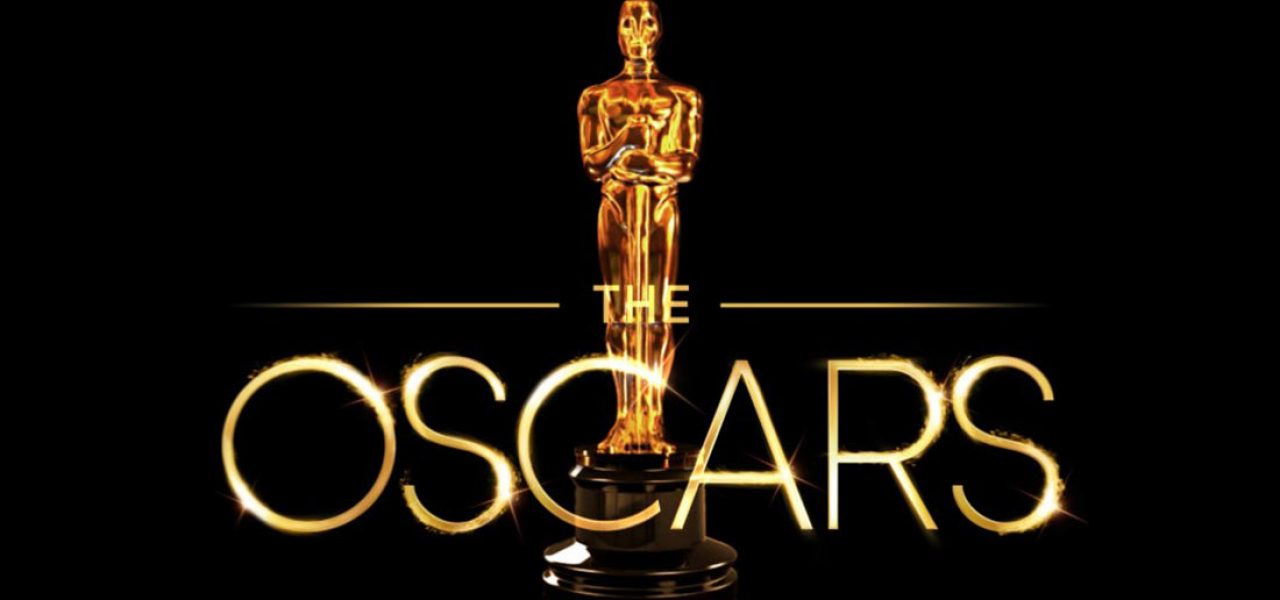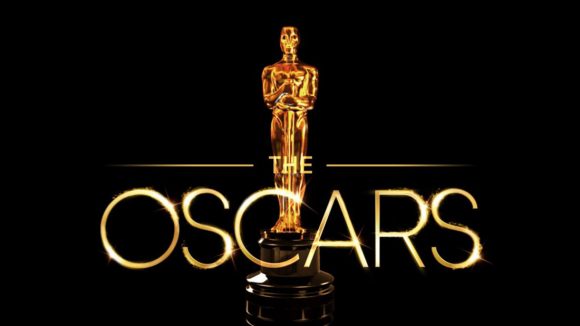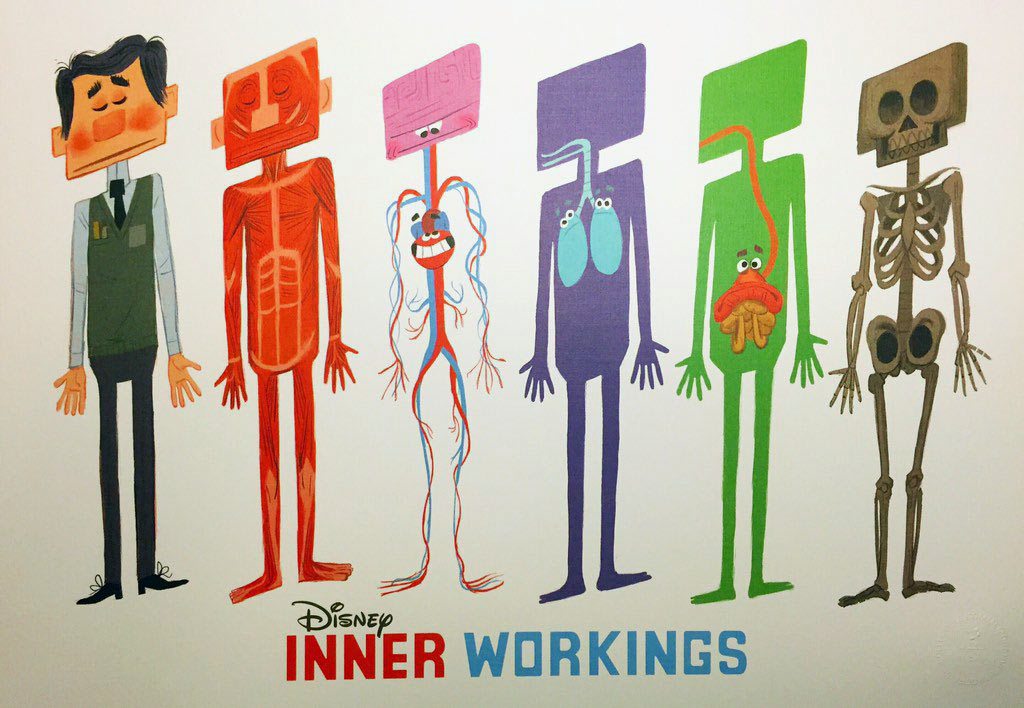

2017 Animated Short Oscar Contenders: A Record Number of Films Are Competing
This year, 70 animated shorts qualified for the best animated short category of the Academy Awards, a record-setting total for the category. It represents a significant bump from 2014 and 2015 when 58 and 60 shorts, respectively, qualified for the category, and more than double the amount from 2010, when only 33 films qualified.
This piece will take a look at what we consider to be thirty-three of the top contenders. Unlike some Oscar categories, like best foreign language film, the Academy of Motion Picture Arts & Sciences does not publicly release a list of all the films that have qualified in the animated short category, however, Cartoon Brew obtained the full list of of qualified shorts. Our list only takes into account the films that have qualified.
It’s not just the number of films that’s impressive, but also the wealth of diversity among the qualified shorts, in terms of technique, style, and content. The Academy has a bounty of excellent work to choose from, moreso than ever before, and it would be a shame if they failed to recognize that. The organization has often privileged commercial fluff (The ChubbChubbs! anybody?) over craft and artistry, but this is not the year for such missteps.
Before we jump into the contenders, let’s review the voting process…
Rule Refresher
The Academy holds multiple rounds of voting before selecting its nominees in the animated short category. A review process is currently underway by volunteer active and life members of the Academy’s Short Films and Feature Animation branch. This group will view all 70 shorts, and rate the films. The 10 most-highly rated shorts will be put on the shortlist, which the Academy will announce publicly sometime in November.
Those 10 films will be screened again, this time by a larger group of the Short Films and Feature Animation branch. This round of voting determines the five nominees, which will be announced on Tuesday, January 24, 2017. The final voting to determine the winner of the Academy Award is open to the entire Academy membership.
The Contenders
One of the shortest films that qualified is BAFTA-winner Ainslie Henderson’s Stems (Scotland), a sweet little meditation on the beauty of stop motion animation. Short shorts have been nominated in the past, like PES’s Fresh Guacamole and Ted Petok’s The Crunch Bird, so a brief running time isn’t necessarily a handicap in this category.
On the other hand, the longest film this year is Rob Valley’s Pear Cider and Cigarettes (Canada), which has a running time of 35 minutes. (A short film is defined by the Academy as having a running time of 40 minutes or less.) Valley, a much-admired animator and designer whose work has influenced plenty of commercial animation over the past decade, proves himself to be an impactful director on top of all of his other skills. Pear Cider’s great strength and weakness is its authenticity—it’s a grittier and tawdrier personal narrative than typical animated shorts, which could work against it because the Academy’s Short Films and Feature Animation branch is comprised of older, more conservative voters. But don’t overlook Pear Cider because of its length—it’s a one-of-a-kind story uniquely suited to Valley’s style and production techniques, and counts as one of the real animated gems of 2016.
Another short to keep an eye out for is Erlking, from Swiss animation legend Georges Schwizgebel. Based on Goethe’s poem “Erlkönig” and set to the music of Schubert and Liszt, the film is filled with mesmerizing patterns of motion and color that will be familiar to fans of Schwizgebel’s work. Erlking is an accessible entry point to Schwizgebel’s filmmaking—it was one of the most well liked shorts of 2015 by festival programmers and critics—and it would be an ideal time for the Academy to acknowledge his work, especially since they’ve never recognized any of his dozen-and-a-half previous films.
The National Film Board of Canada has two films in contention this year: Franck Dion’s The Head Vanishes and Theo Ushev’s Blind Vaysha. Like Schwizgebel’s film, Ushev’s Blind Vaysha counts among his more accessible and straightforward narratives, telling the story of a girl who can see the future out of one eye and the past out of the other.
The expressionist linocut style that Ushev used in Blind Vaysha is not the only film that harkens back to a printmaking style. Céline Devaux’s Le Repas Dominical (France) uses a printmaking style to relate a more contemporary story about a young gay man trying to survive an awkward weekend brunch with his family. The short won the French film industry’s highest honor—the César Award—in February of this year.
Four of the five nominees of the Cartoon d’Or alos qualified for this year’s Academy Award, including the beautifully stylized winner Yùl and the Snake by Gabriel Harel (France). The other three films are Sous tes doigts (Under Your Fingers) by Marie-Christine Courtès (France), Peripheria by David Coquard-Dassault (France), winner of two prizes at Annecy, and Alike by Daniel Martínez Lara and Rafael Cano Méndez (Spain), which won the Goya Award earlier this year.
Stop motion shorts, for whatever reason, often deliver stories and ideas that veer away from conventional storytelling, and some of 2016’s quirkiest Academy Award contenders use stop motion techniques, including Kangmin Kim’s Deer Flower (South Korea), Simon Cartwright’s BAFTA-nominated Manoman (U.K.), Joanna Rytel’s Moms on Fire (Sweden), and Alyx Duncan’s The Tide Keeper (New Zealand).
Patrick Osborne, who won the Oscar a few years back for Disney’s Feast, is back with another quality effort, Pearl, a vr experience created for Google’s Spotlight Stories. The custom-created cinematic version of the film follows the same storyline as the vr version, and works well as a theatrical viewing experience.
Speaking of Disney, the company is pushing two shorts: Leo Matsuda’s Inner Workings and Alan Barillaro’s Piper, made through its subsidiary Pixar. In the last six years, Disney or Pixar has received a nomination every single year (accounting for 20% of all the nominations in this period), irrespective of whether they’d actually produced an Oscar-worthy film. (Its won two out of those six nominations—for Paperman and Feast.)

This year, Disney will face competition from its own employees: Pixar artists Andrew Coats and Lou Hamou-Lhadj, who qualified their Western-themed Borrowed Time, which won best in show at SIGGRAPH, and since being posted on Vimeo a couple weeks ago, has become one of the most-viewed animated shorts ever posted there with over 8 million views. A couple of former Pixarians are also in the race: Dice Tsutsumi and Robert Kondo, whose first short The Dam Keeper was nominated for an Oscar in 2015, are back with a cg short, Moom.
The French fund more short-form animation than any other country and the maturity of their shorts industry is evident in their entries. Fabrice Luang-Vija’s He Who Has Two Souls is a sensitively told story of an Inuit man coming to terms with gender identity; Donato Sansone’s Journal animé is a creative tour de force that examines the darkness of contemporary global events through a French lens; and The Empty (France/South Korea), the latest from Dahee Jeong, who won the Cristal grand prize at Annecy in 2014, attempts to visualize a subject matter not easily portrayed: memories.
Here’s some other films worth noting:
- Ishan Shukla’s Schirkoa is that rarest of birds, an independent CG short from India.
- Kaputt/Broken – The Women’s Prison at Hoheneck (Germany) by Alexander Lahl and Volker Schlecht is an artful animated documentary that demonstrates the power of animation to inform, in this case opening our eyes to the suffering of political prisoners at what was once the most notorious women’s prison in East Germany.
- Though Alicja Jasina’s Once Upon A Line (U.S.), the gold medalist at this year’s Student Academy Awards, was made at the University of Southern California, it feels like an extension of Polish animation from the 1960s when design played a central role in storytelling.
- True story: an astronaut’s glove has been floating in space for nearly 50 years, and I didn’t know I wanted to see a film about that topic until Bernardo Britto and Alexa Lim Haas’ Glove (U.S.), which screened at Sundance and won the animation jury prize at SXSW.
- The cheerful colored marker look of Anete Melece’s Analysis Paralysis (Switzerland) gives a light touch to complex psychological themes of loneliness and the desire to connect. Vladimir Leschiov’s Waiting for the New Year (Latvia) contains similar themes to Analysis Paralysis although tonally and stylistically the films could not be more different.
- Jan Saska’s Happy End (Czech Republic) might be a graduation film, but it’s one of the best constructed films in competition, a perfect little black comedy that festival audiences love.
- Asian shorts are almost entirely absent from the list of qualified shorts, which is why it’s worth pointing out Wenyu Li’s Go to City Ele (China), illustrated in a delightful children’s storybook style and featuring some of the best cartoon animation of any film in contention this year.
- Alberto Vazquez’s Decorado (Spain) is another film that uses appealing cartoon animation in the service of a more serious message. I served on the jury at 3D Wire where we presented it the award for best Spanish short, so my feelings on it are clear: it’s a great film.
- F.X. Goby’s To Build A Fire (France) is a fresh, super-stylized take on the Jack Landon classic about a man and his dog against the elements in the Yukon Territory.
- Stick Man (U.K./South Africa), directed by Jeroen Jaspaert and co-directed by Daniel Snaddon, is a children’s cg short that premiered on BBC One on Christmas Day 2015. Its producer, Magic Light Pictures, has a strong track record at the Academy Awards in recent years, receiving a nomination in 2011 for The Gruffalo and again in 2014 for Room on the Broom.

.png)